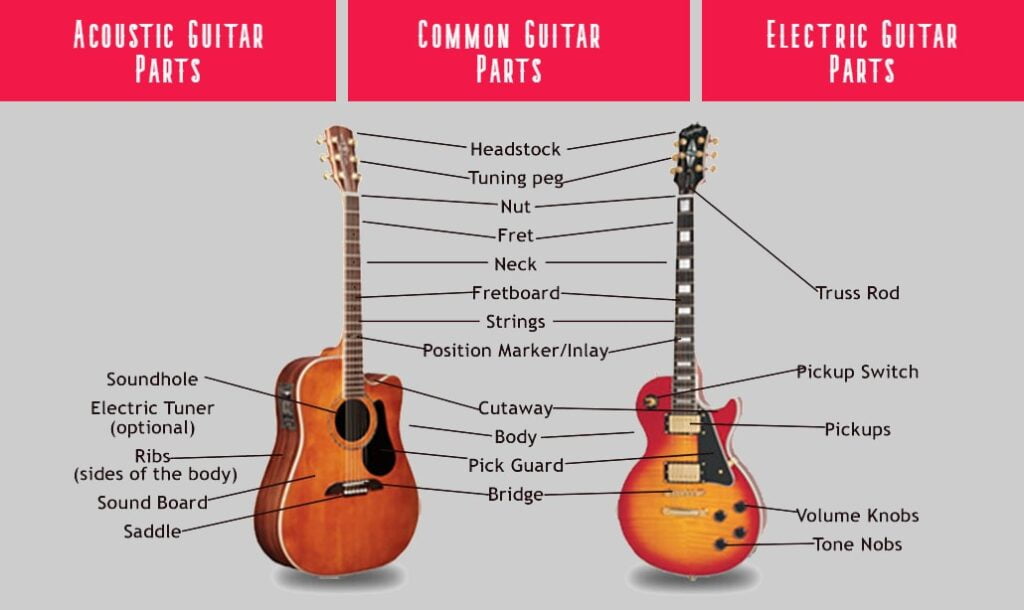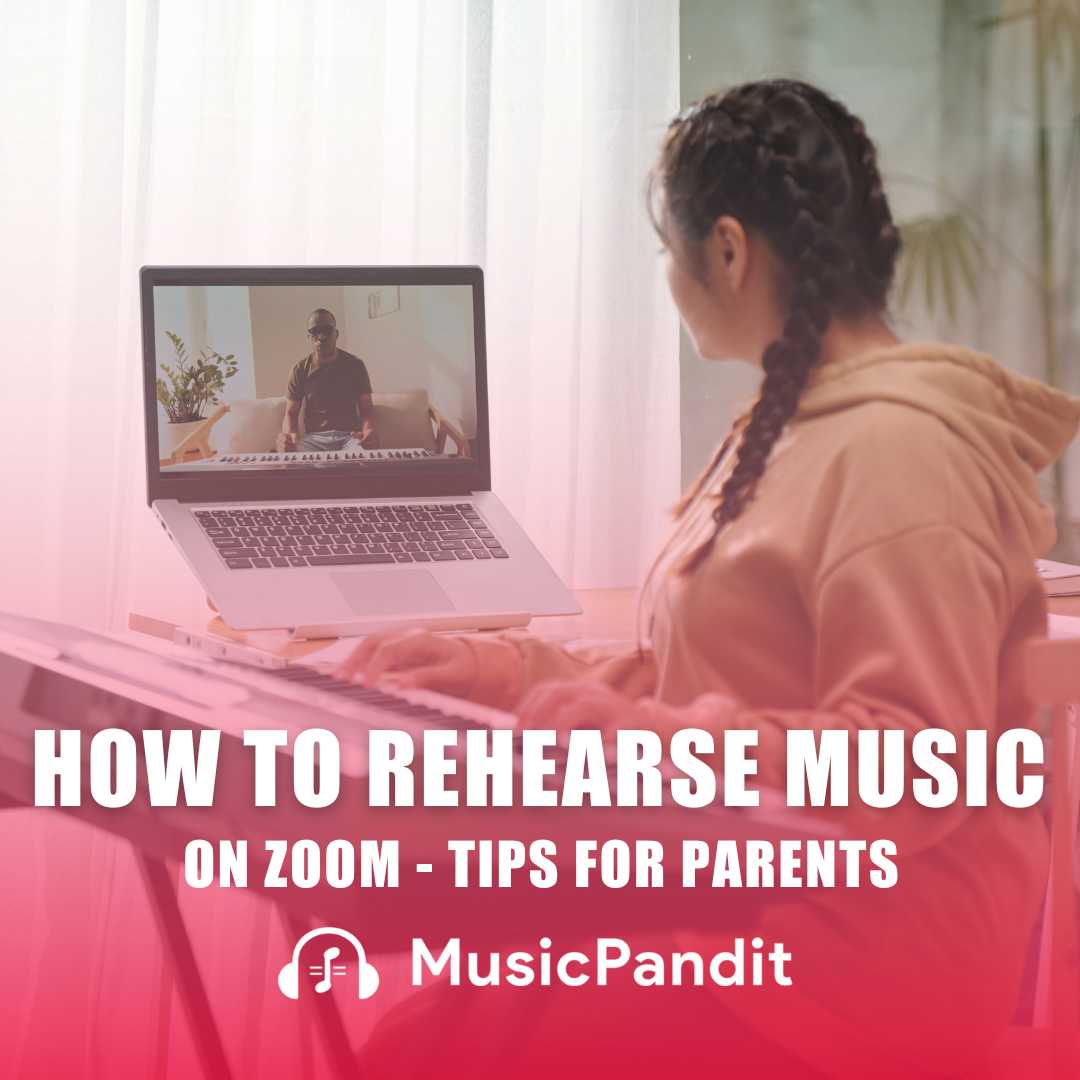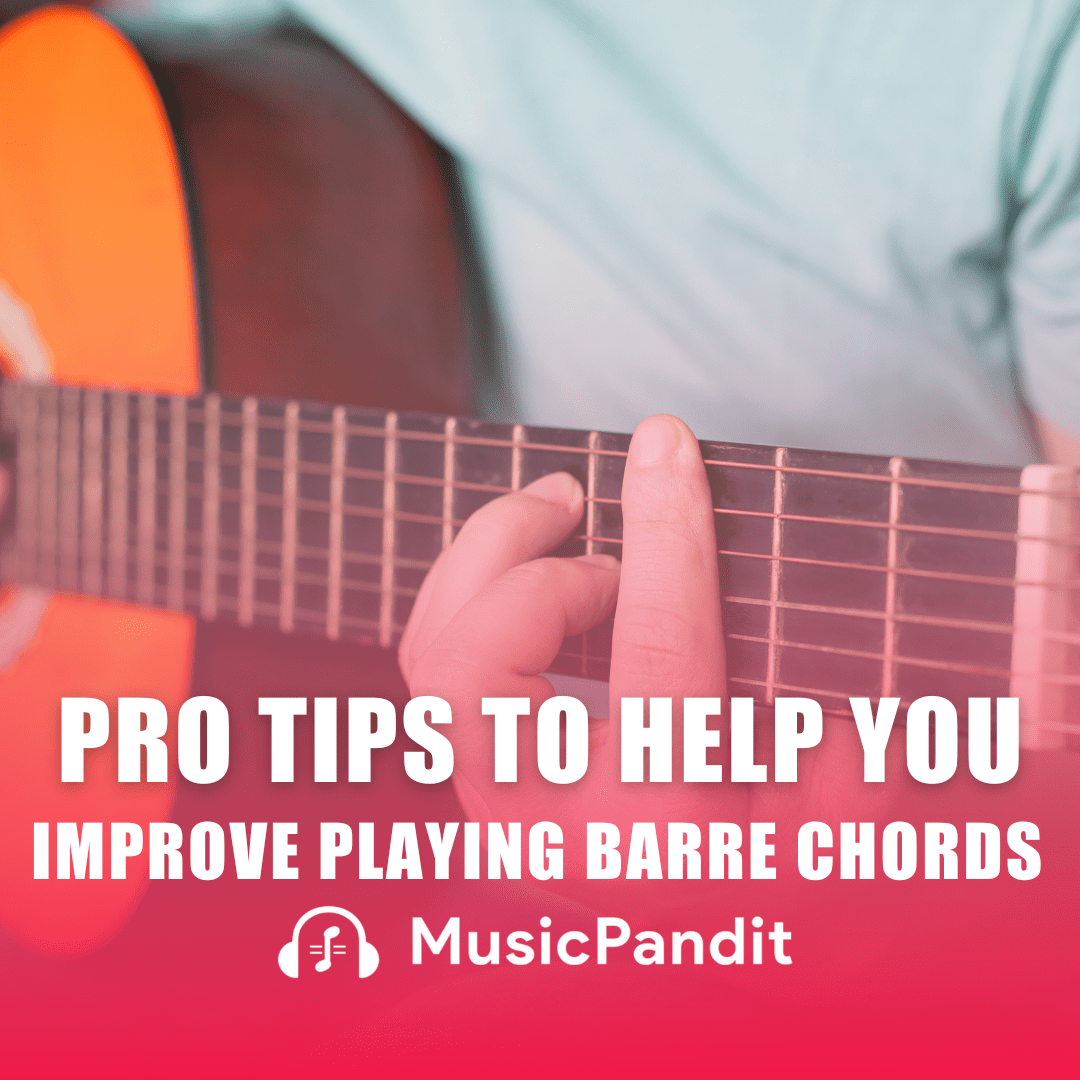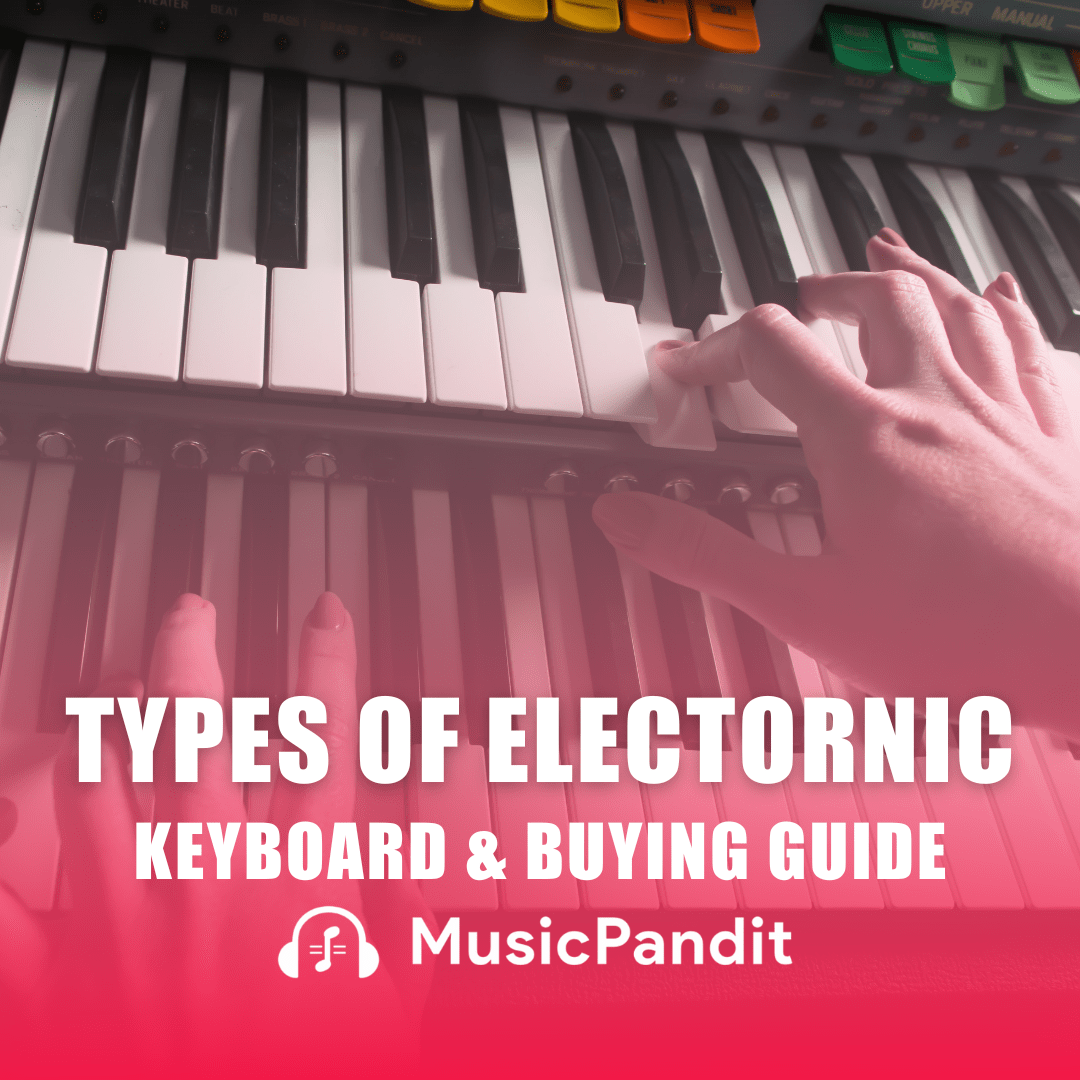For someone who is just starting out in the world of music, things can be rather perplexing at the beginning. More so because music comes with its own complex language or at least it seems that way initially. However, as you go along learning more about music, things become much simpler.
So, if you are learning to play, you must first come to grips with knowing the different parts of a guitar.

Different Parts of a Guitar
BODY
It is the big bulky and curvy part of the guitar which you rest underneath your own body when you play it. The body of the guitar can also be described as what sits below the strings when you strum along. While in acoustic guitars we see that the body is hollow, in electric guitars, that body might be semi-hollow, hollow or solid.
NECK
The next important part of the guitar is its neck. It is the longer, thinner part of the guitar that stretches out from the body and which you use to grip the guitar with your left hand in order to press the strings down while playing.
FRETBOARD OR FINGERBOARD
The fretboards are generally made from maple wood or rosewood and are the area below the neck and directly underneath the strings of the guitar. This area is marked and shaped in order for the strings to be depressed at certain points for certain notes to be produced.
FRETS AND INLAYS
These are the raised bits of wire running across the width of the fingerboard. They enable shortening of strings by pressing them down behind them and to lengths corresponding to exact half notes.
Inlays are ornamental markers on a fretboard to indicate the different frets. They could come in the form of simple dots or be in the form of more complicated designs.
HEADSTOCKS AND TUNING PEGS
Headstocks are found at the end of the guitar’s neck. It is that area of the guitar where all the strings come to their end and where you find the tuning bits of your guitar. These tuning bits are also called machine heads, tuners or tuning pegs. You have to twist these to tune your guitar. Tightening and loosening the flat key part of the peg on which the string is wound, alters the tension on the string and therefore also modifies the pitch.
THE NUT
At the point where the neck of the guitar joins the headstock, the guitar chords run through a slotted piece of wood. This is the nut of the guitar and it defines where the strings playable part begins or ends depending on how you see it.
STRAP BUTTONS
These are metal studs that help you attach a strap to your guitar.
BRIDGE
This is the segment of the guitar body that supports the strings as they travel over it. The bridge functions as that dimension of the guitar that shifts the string vibrations onto the guitar body, amplifying them in case of an acoustic guitar. On the other hand in electric guitars the height of the bridge is adjustable, thus changing the distance between the fingerboard and the strings.
SADDLES
These are the opposite of nuts on guitars defining where the playable bits of the strings end. In electric guitars, saddles come individually for each string so that they can be individually adjusted. However, in acoustic guitars, the saddle is a single notched piece a lot similar to the nut.
TAILPIECE
It is essential that the strings are tied up at both ends of the guitar and at the headstock, the strings are attached to the tuners.
PICKUPS
These are bits on an electro-acoustic or electric guitar that hears the string vibrating in order to amplify them. The usual electric guitars are electromagnetic having magnets and coils of wire at their centres. So when the strings vibrate on top disturbing the magnetic field in the pickup, it gets transferred as an electrical signal to the amplifier. Electric guitars often come with multiple pickups and a pickup selector switch enables the player to make a switch between them.
Acoustic guitars, on the other hand, can have pickups of different types. These range from microphone style pickups, magnetic pickups, sound-hole pickups to piezo style pickups. To learn more about guitars, their parts and how to handle them, please check out the guitar course on Music Pandit. This course equips you with the complete understanding on how to maintain guitars and handle them correctly.














